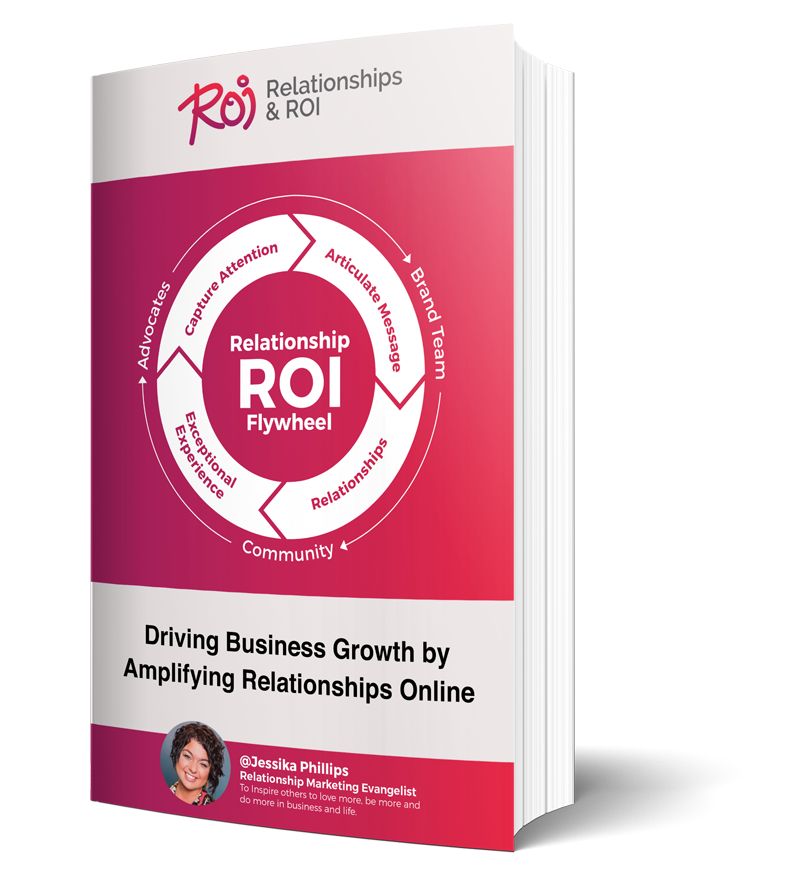Using social media to establish your brand has become critical for businesses today. It is important to understand that simply implementing your strategy is not enough - you can't just "set it and forget it." In order to gauge your success and make improvements, you need to follow up on your plan. This can be done with a social media audit.
People often get frightened with the term "audit." Maybe it brings to mind too many IRS forms. Yet a social media audit can be a great practice that will help you get organized, review what's working and what's not working and how to make improvements.
Look at your look
Start your audit with a very simple step: updating your profile photo. It is important for a business to keep on top of this seemingly minor part of your social presence. If you haven't changed the photo in a while, it is a good idea to do so. Updating the image indicates that you are keeping things fresh and staying current. Always keep your photo selections in tune with your brand. Second step: review your profile. Make sure that it is up-to-date and matches the tone and feel of the image on your account.
Then what?
Starting an audit can seem like an overwhelming task, but it doesn't have to be. When you're not sure where to begin, call up your metrics. Looking at the data may quickly reveal areas that need your attention.
Create a spreadsheet for yourself and get organized. Be systematic in the way you go through the information so you can be sure to hit every good and bad part. If you are concerned that having to create a spreadsheet means you'll have to devote your day to an audit, don't worry. Putting together something that lets you fill in the blanks helps rid you of time sucks during the process.
Your Tweets
Gather data from your Tweets. As you do, keep in mind why you are using Twitter, what your goals are and who is included in your target audience.
In your spreadsheet, collect information that includes:
- Date and time of each Tweet
- The message itself
- Who posted it (if you have a team of people working on the account)
- Any selected targeting options
- Reach
- Impressions
- Clicks
- Retweets
- Likes
- Replies (and what was contained in the reply)
Then analyze:
- Are you posting a minimum of three times per day?
- Are responses handled in a timely manner?
- Is there an auto direct message (DM)?
- Do you have Twitter lists set up?
Look at your engagement: Likes, Retweets, Clicks and Replies. Remember, social media is about being social: a give-and-take. Interacting with your target audience makes them like you and your brand as they recognize you are there for them. Taking time to thank loyal followers for their Retweet or Like helps win them over.
When analyzing the metrics, don't just count the number of Replies. Examine what people are saying. Is there mention of your brand? Are you receiving positive or negative comments?
Numbers do matter when it comes to Clicks. Driving traffic is one of the goals for using social media for marketing. A click means you received engagement with a link you put into a Tweet.
If your audit reveals you have an auto DM, get rid of it. Even if it is an amazing message, people know it's automatic and impersonal. Successful brands make the potential client or established customer feel important. Messages from robots don't convey that feeling.
Do you have lists? People feel important when they are placed on a list. It acknowledges that what they post is relevant to you. Provide your online community with lists that contain worthwhile material. Doing this also allows for segmentation. Individuals know where to go to quickly scan Tweets with information relevant specifically for them. Brands that want to earn loyal followers do so by being relevant.
Compare and contrast the findings regarding your Tweets to see what is working best:
- Do Tweets with videos, images or links perform well?
- Are you asking questions within the text Tweets?
- Are you including hashtags? How many and how often?
- How frequently are you updating hashtags? Do new ones perform better?
- Do you mention specific accounts or include influencers?
Your followers
When looking at metrics, here again it is vital not to just focus on the number of followers you have. While there is no shame in wanting to have a large number of followers, it is important to know who is following you because you want to understand your target audience.
What you don't want is a bunch of fake followers. They can throw off your numbers and skew your demographics. Accounts that have blank bios or no profile photo should be considered suspicious. There are a number of tools that can help you filter out the bots so you can have genuine followers in your metrics. Real accounts mean more opportunities to get your content shared.
Be sure to review your Follower to Following ratio. You don't want it to be unbalanced. If you are Following more accounts than Follow you, consider using a tool such as Statusbrew or Audiense to trim those who do not follow you back. Additionally, be sure to Follow those whose Tweets are good for your brand. Consider unfollowing those who are offensive and unprofessional.
During your audit, make sure to find:
- What your Followers Tweet about.
- What day and time your Followers are most active.
- Demographics of Followers.
Also try to locate your top brand advocates and find out if you have any influencers following you. Tools such as Traacker or Klout can help you identify how many Followers one of your Followers has. Engaging with influencers will help you grow your marketing efforts. It's important to keep on top of their social media activity and try to get their audience to also recognize you.
It's all worth it
Remember, an audit shouldn't be just a number crunching exercise. Taking time to sift through the metrics and find nuggets of information will help improve your strategy and utilize the platform in the best ways possible.
When your spreadsheet is filled in and you review your findings, create actionable steps that propel you forward.




Comments